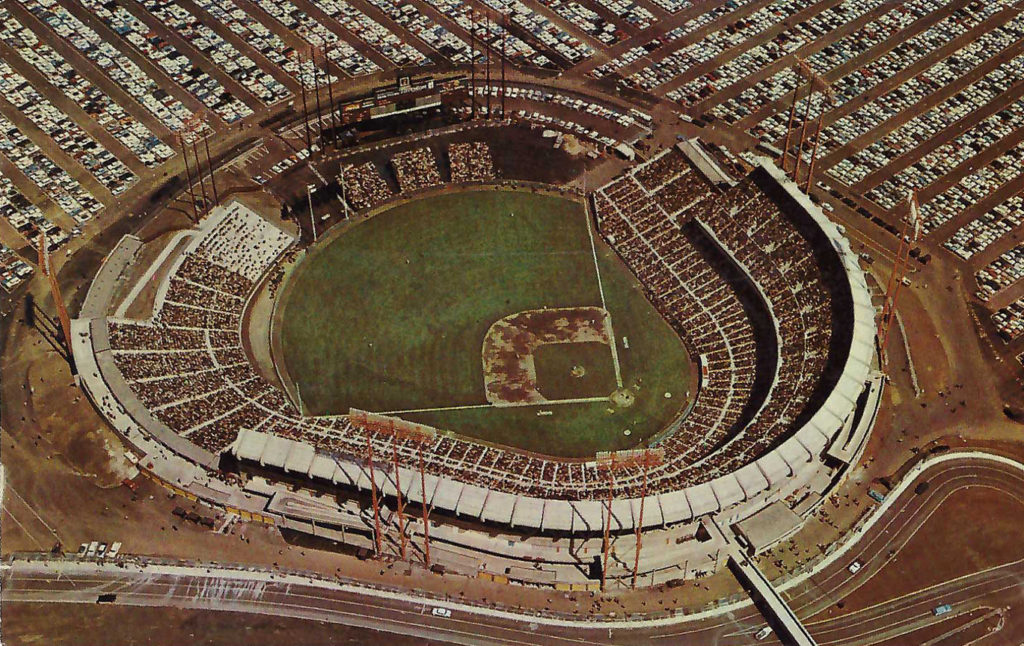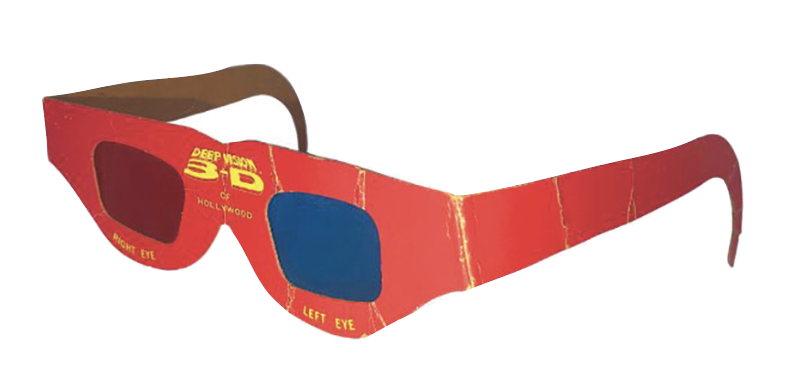
Michael Bushnell
Publisher
Candlestick Park Stadium was built in San Francisco’s Bayview Heights area on what was known as Candlestick Point. It was one of the few parcels of land available in the city for the construction of a sports stadium, along with the 10,000 parking spaces that were guaranteed to the New York Giants upon their move in 1957.
From 1971 the San Francisco 49ers called Candlestick home through the 2013 football season, moving to newly-constructed Levi’s Park in 2014.
The stadium was a difficult place to play defense due to the winds that came swirling into the outfield area, usually blowing from right center to left center field. Its playing surface for most of its tenure was natural bluegrass. For nine years, from 1971 through the 1978 football season, artificial turf was installed and “slide boxes” were built around the bases of the ball diamond.
One of the more notable events to occur at Candlestick was on October 17, 1989; just minutes prior to the start of Game 3 of the World Series, the Loma Prieta earthquake struck, measuring 7.1 on the Richter Scale.The stadium was packed to capacity but no injuries were reported. It was widely reported that the light poles in the outfield were swaying as if a stiff breeze had blown in off the bay. The quake delayed the series by ten days as engineers inspected the facility for any serious damage.
In 2014, following the 49ers’ season, Candlestick closed permanently to the public. The Giants had already moved to Pacific Bell Park, now Oracle Park, following the 1999 season and the 49ers’ decision to abandon the facility left it with no permanent tenant. It was demolished in 2015. An “urban outlet” center was slated for development on the site, but plans were abandoned for that in 2018. The ground stands vacant today.


















